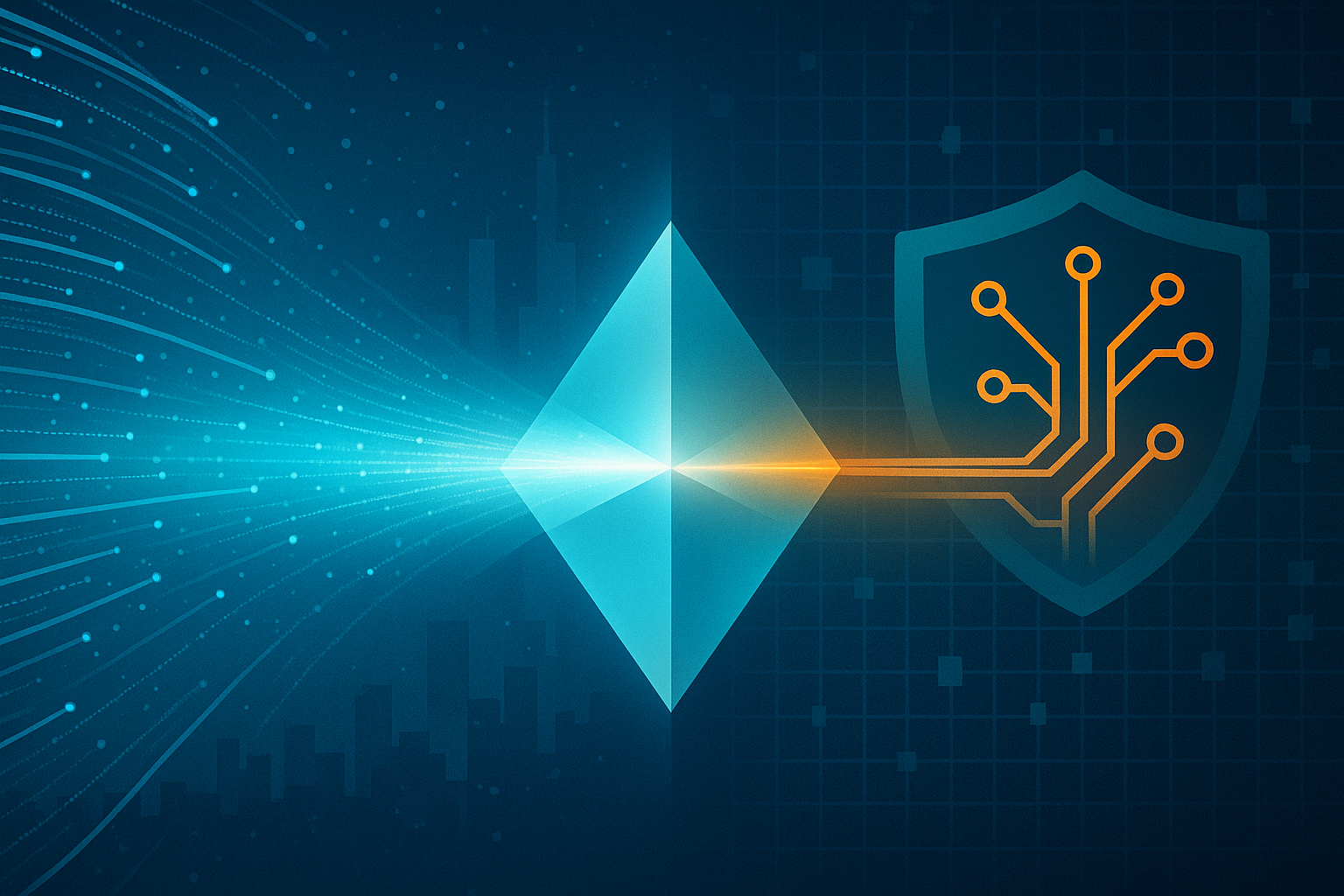
Dataminr is buying ThreatConnect for $290 million, a move that signals more than just another cybersecurity merger. The deal brings together Dataminr’s strength in real-time insights from public data with ThreatConnect’s expertise in internal threat intelligence and orchestration. It’s a bet that uniting these two worlds can create faster, smarter responses to emerging threats.
“The future of Dataminr’s real-time intelligence will be more relevant and actionable than ever before—enabling our clients to not just understand what is happening, but what it means to them, and how they should respond,” Ted Bailey, Founder and CEO of Dataminr, said in a press release.
Dataminr built its reputation on turning public data into early warnings. The company’s AI monitors real-time events across text, images, video, audio, and sensor data from roughly one million public sources to alert clients about emerging events that could impact their operations. Its technology is used across sectors, including enterprise and government clients, to surface real-time insights before they hit mainstream channels.
ThreatConnect operates on the other side of the visibility spectrum. Its platform helps security teams collect, correlate, and act on internal threat intelligence. It combines automation and orchestration tools that allow analysts to streamline incident response, connect data from multiple systems, and make faster, more confident decisions.
Dataminr says the merger will deliver “client-tailored intelligence” built on what it calls agentic AI—systems that don’t just surface alerts but can interpret and act on them. The idea is to merge Dataminr’s vast stream of external signals with the private telemetry and threat data that ThreatConnect already manages for customers. Together, that could mean alerts that are not only faster but more relevant to each organization’s unique risk profile, connecting what’s happening in the wider world to what’s unfolding inside its own network.
An Industry in Flux
That vision isn’t emerging in a vacuum. Across cybersecurity, the same forces driving this merger are reshaping the industry itself. Machine learning models now flag anomalies, map threat actor behavior, and even recommend containment steps, tasks that once demanded a human analyst’s time and judgment. As vendors race to add these capabilities, the industry is also consolidating. Companies with strong data or automation stacks are buying those with complementary strengths to offer more unified threat intelligence platforms.
Richard Stiennon, Chief Research Analyst at IT-Harvest, said Dataminr is “taking a gamble on a roll-up model to gain customers, people, and new threat intel.” He added that the combined company would have 928 people, while Recorded Future, owned by Mastercard, has 1,108, making Recorded Future the largest vendor in this space, and this merger the second-largest.
Potential and Pitfalls
Bringing Dataminr and ThreatConnect together promises sharper context and faster action. A platform that connects global events to internal alerts could help analysts cut through noise and focus on what matters most. Instead of juggling disconnected dashboards, they’d see how a geopolitical flashpoint, a leaked credential, and a phishing campaign intersect in real time.
But tighter integration also raises hard questions. Merging public and private data streams at this scale will test the limits of data governance and privacy. Organizations will need clear rules about what information can be shared, how AI-driven insights are validated, and who stays accountable when automated systems act on faulty or biased data. The technology may be ready to move faster, but the guardrails still have to catch up.
What It Means for Security Leaders
For CISOs and risk leaders, this merger signals a future where external intelligence and internal telemetry are no longer separate disciplines. The appeal is obvious—threat detection that anticipates attacks rather than reacts to them—but it also demands new oversight. Leaders will have to decide how much autonomy to grant these agentic systems and where human judgment must remain in the loop.
Government buyers face a similar balancing act. Public-sector procurement has traditionally treated data sources and response platforms as distinct categories, but the Dataminr–ThreatConnect model blurs those lines. Policy frameworks around data sharing, vendor accountability, and AI transparency will need to evolve to match this new model. What looks like efficiency on paper could, without proper safeguards, become an opaque web of automated decisions that few can explain after the fact.
From Integration to Intelligence
In the near term, Dataminr is expected to fold ThreatConnect’s orchestration and automation tools into its platform, giving customers a faster handoff from alert to action. Early integrations could link Dataminr’s external signals to ThreatConnect playbooks, automatically triggering responses or analyst reviews.
But the merger’s ambitions extend well beyond technical alignment. Over time, the companies are betting on a single, adaptive intelligence layer that connects detection, analysis, and response. If successful, it could shift cybersecurity from reacting to alerts toward anticipating and adapting to risk in real time.
That evolution, however, won’t be defined by technology alone. The success of Dataminr’s vision will depend on whether it can balance automation with accountability. Trust, transparency, and human judgment will determine whether agentic AI becomes a genuine ally in defense or just another system security teams must learn to manage.